> Overview: News
> Overview: Service
> Overview: About
With the arrival of the Start of Winter
solar term, the cold winter is about to sweep the country. For heavy machinery
and equipment such as excavators, maintenance and maintenance are particularly
important in winter. In order to ensure that the excavator can operate
efficiently and stably in winter and avoid various potential failures and
damage, the following is our winter excavator maintenance guide to help users
avoid ten common mistakes.
1.Water too early or not put cooling water
Premature release of cooling water may
cause the excavator body to be suddenly attacked by cold air when the
temperature is high, resulting in sudden shrinkage and cracks. The correct way
is to run at idle speed before flaking out, and then release water after the
cooling water temperature drops below 60 ° C, and ensure that the remaining
water in the body is completely discharged.
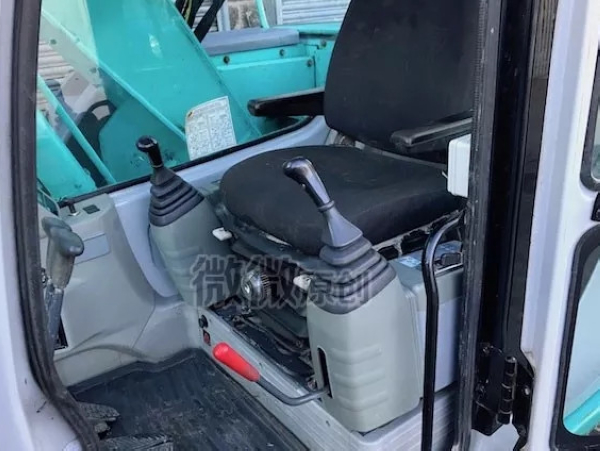
2.The use of inferior fuel oil
Low temperature in winter will make the fluidity
of diesel become worse, viscosity increase, resulting in poor atomization and
combustion deterioration. Therefore, light diesel with low freezing point and
good ignition performance should be selected, and the freezing point should be
lower than the local minimum temperature of the current season of 7-10℃.
3. Open flame ignition start excavator
Using an open flame to start the excavator
will not only damage the air filter, but also lead to abnormal wear of the
piston, cylinder and other parts. The correct way to start is to start the
excavator through the preheating system or auxiliary starting equipment.
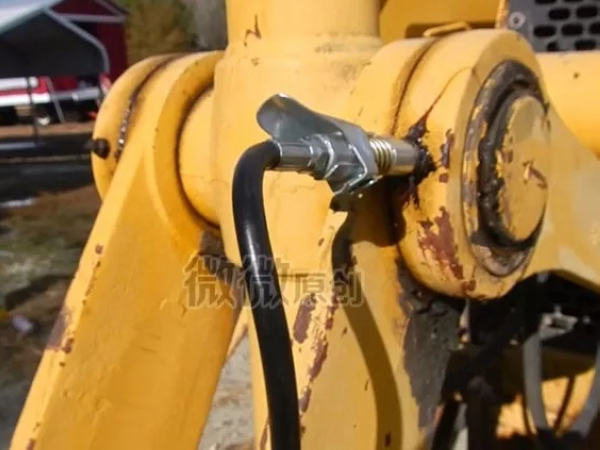
4.Open fire baking oil pan
Baking oil pan over open flame may cause
oil deterioration and scorching, reducing lubrication performance. In winter,
oil with low freezing point should be selected, and the method of external
water bath heating is used to improve the oil temperature.
5. Improper starting method
The excavator needs to be fully preheated
before starting to avoid the wear caused by the oil sinking and the excessive
gap between the parts. The best preheating time is 15-20 minutes to ensure that
the oil and hydraulic oil temperature reaches the appropriate range before
operation.

6. Low temperature load operation
The diesel engine should be idled at low
and medium speed for a few minutes immediately after starting, and then put
into load operation when the cooling water temperature reaches 60 ° C, in order
to avoid serious wear caused by low body temperature and large oil viscosity.
7.Do not pay attention to the body heat
preservation
The low temperature in winter easily leads
to excessive cooling when the diesel engine works. Therefore, it should be
equipped with cold protection equipment such as insulation cover and insulation
curtain, and check whether the work of the temperature saver is normal.
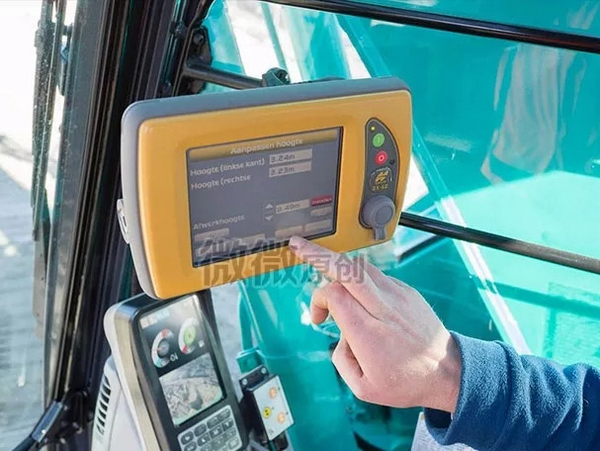
8.Stop the machine flameout
Immediately after shutdown, idle operation
should be 5-10 minutes, especially with turbocharged diesel engines, to avoid
premature damage of the turboshaft due to lack of oil lubrication and cooling.
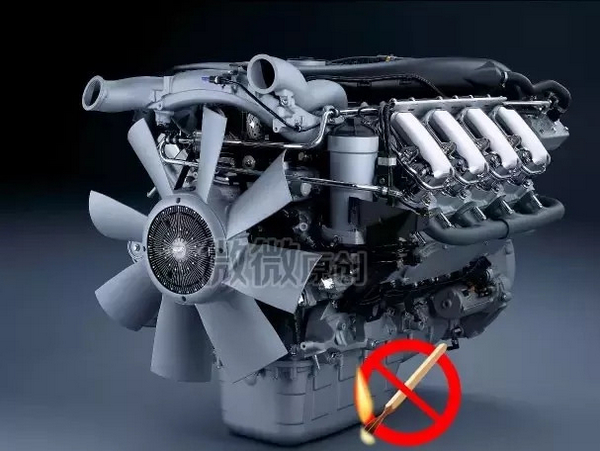
9. Butter is not beat on time
Not filling butter on time will cause the
butter oil seal to fail to seal, increase the wear between the friction parts,
and affect the operation accuracy and work efficiency. Therefore, the butter
should be filled on time and the condition of the butter oil seal should be
checked regularly.
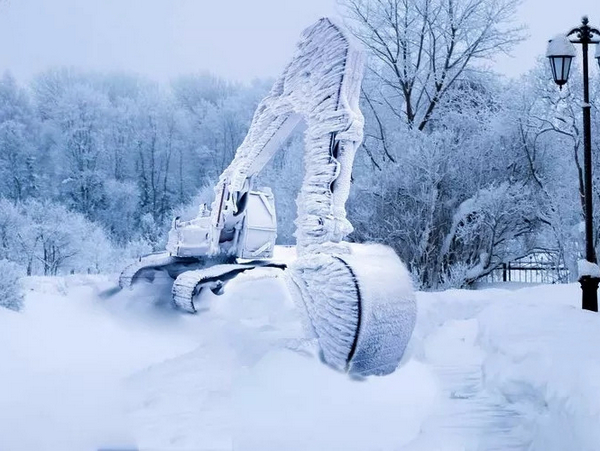
10. The excavator is parked at will
When excavators are parked, they should
choose flat terrain to avoid problems such as insufficient oil pressure and
high temperature of the engine. Especially when parking in places with large
slopes, measures should be taken to ensure the stability of the excavator.
Through the implementation of the above ten misunderstandings and correct maintenance methods, it can be ensured that the excavator can run efficiently and stably in winter, prolong the service life of the equipment, and improve the construction efficiency. It is hoped that the majority of users can pay attention to the maintenance of excavators in winter and provide a strong guarantee for the successful completion of construction tasks.
2025-01-21
2020-07-08
2020-08-24
2020-01-21
2019-12-25
2019-11-01
2021-02-01
2020-10-26
2021-01-14
2020-12-11
2020-07-04
2020-09-30